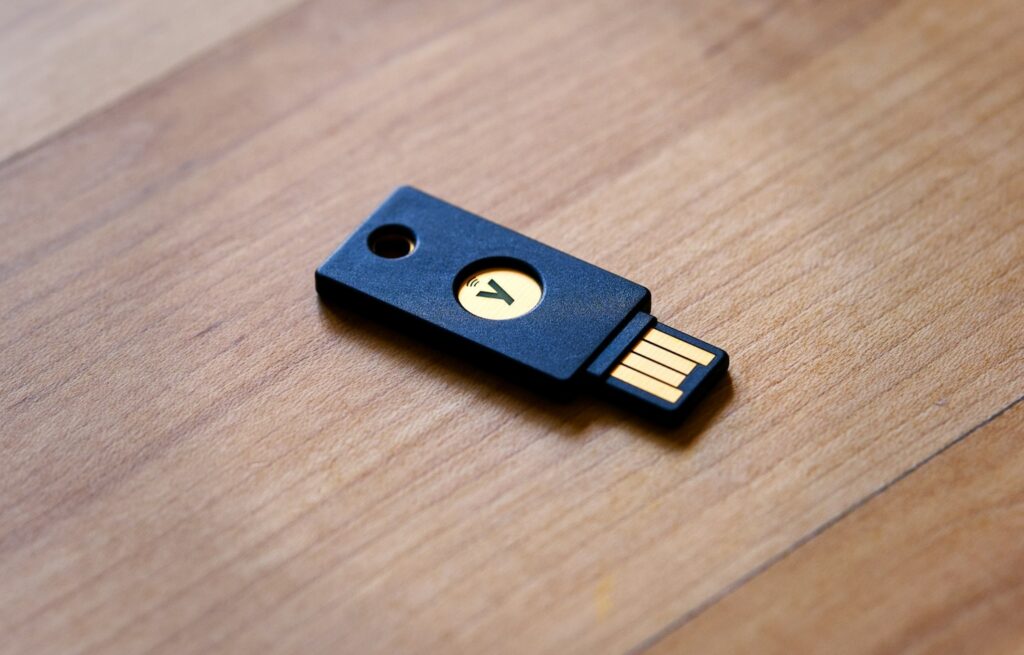
The real estate market has always been seen as a very competitive arena. These days, though, when we are still experiencing the effects of the post-pandemic boom, endless technical innovation that put this sector on a very fast track, and overall scarcity of housing options these claims feel more true than ever in recent years.
All these things mean that the real estate companies who want to stay afloat will need to shake up their strategies and attack the market head-on.
But, you know who they say – if you want to succeed you need to work smarter and not necessarily harder. And that is what this article is all about. Let us take a look then at some of the smart ways to boost your real estate business in 2024 and turn your company into a force to be reckoned with.
Look for more obscure, off-market properties
Yes, as we said, the real estate market is truly competitive, but the moment when it truly turns into a grind is when properties enter the wider market usually through regular channels like Zillow or MLS. Your goal should be to look for off-market properties (the so-called pocket listings) and be the one to make the first offer. These requirements take a lot of footwork and good connections. So, it is best to make a plan for both these requirements, break them up into measurable goals, and start working as soon as possible. Once you lay down the foundations uncovering new gems will take less time.
Streamline the communication channels
People don’t like to waste time, especially when they are plowing through countless listings and staying in touch with several real estate services. That is why you need to keep your communication channels streamlined, effective, and on-point. Start by overhauling your website and hesitate to use tried and true resources like customized WordPress themes. Leveraging chatbots that will keep the conversation going 24/7 is not a bad idea, either. Also, be quick to respond to messages and keep your social media profiles active. If necessary, hire additional staff to handle these critical obligations.
Tap into the niche markets
This was always one of the easiest ways to get access to more focused groups that are incredibly motivated and easier to convert. In order to discover these niches you will, however, need to pull off a short market research. But even if you take a brief look at the current offer of apartments for rent you will see the luxury and sustainable properties are picking up a lot of traction. The rise of remote workforce signals that the rural properties as well the apartments with built-in co-working spaces will experience a similar boost. So, focus on such small niches and try to become the dominant force in them.

Educate the audience
You will do that by starting a blog about the real estate market, including FAQ sections for your website, engaging in content marketing, and so on. This simple move will create numerous benefits. For a start, you will turn your brand from yet another online listing to a place where people come to learn. This will, in turn, open the way for new conversions. Second, you will transform your brand and give it a new, more authoritative position in the market. Third, you will start nurturing an educated pool of consumers who may find more value in your services. All these perks are simply invaluable.
Stage the properties to be more welcoming
Now, this trick is old. But, it’s so old people started paying very little attention to it. Be that as it may, sparking the curiosity of potential buyers and renters by presenting the property through various use case scenarios does create a strong emotional connection. And emotional states have a very strong effect on purchase decisions. But, don’t go overboard. The clients should be presented with options that spark imagination. You don’t want to imprint your ideas on them or you may break the illusion. Also, make the properties clutter-free. Nobody wants to see others’ stuff in their future home.
Encourage positive reviews and referrals
People tend to put most trust in the opinions of their peers. That is why you should do everything in your power to encourage positive reviews and referrals. In the first case, you can use website prompts and offer some small incentives for clients who post their opinions. Referral programs are a bit more complicated since you are selling goods with high turnaround. But, offering referral gifts, giving exclusive offers, using branded materials, and requesting referrals on your site should help you pass these hurdles. Be sure, though, to follow up with all leads even if they are not prospective.
Prioritize your customers’ needs
Last but not least, we would like to point out that, when dealing with competitive markets, real estate businesses usually tend to make things more streamlined for them. You should go the other way around and prioritize the needs of your clients at every single instance of the sales funnel. So, put more effort into customer care and deal with increased workload with better scheduling and time management. This method will not turn the fortunes of your company overnight but it will bear fruits in the long run. This level of attention will also open the way for a higher number of repeat sales.
We hope these couple of suggestions gave you a better idea about the strategies you can use to make your real estate company leaner, more proactive, and overall more effective. As we can see, very few of these ideas require heavy investment – in most of the cases you will simply need to refocus your existing resources. But, these small changes can make all the difference in the world in terms of your performance. So, roll up your sleeves and start the overhaul now.
Featured Image by gpointstudio on Freepik
The post Smart Ideas to Boost Your Real Estate Business in 2024 and Beyond appeared first on noupe.



